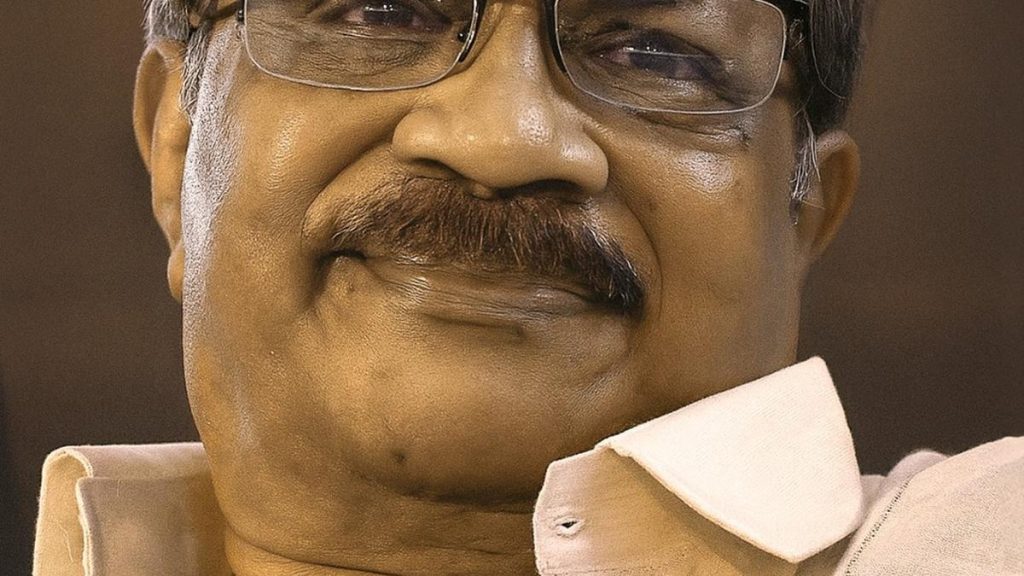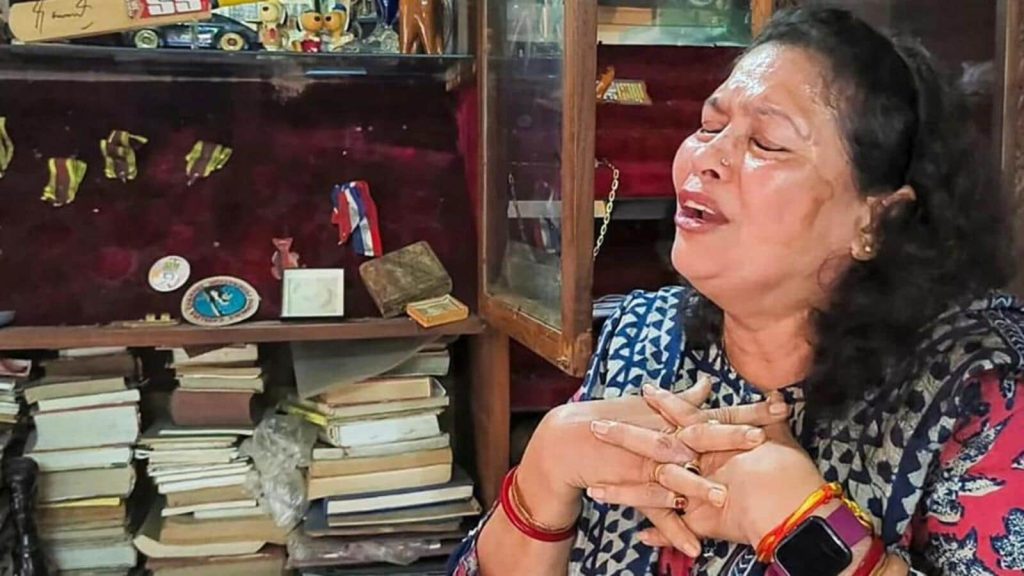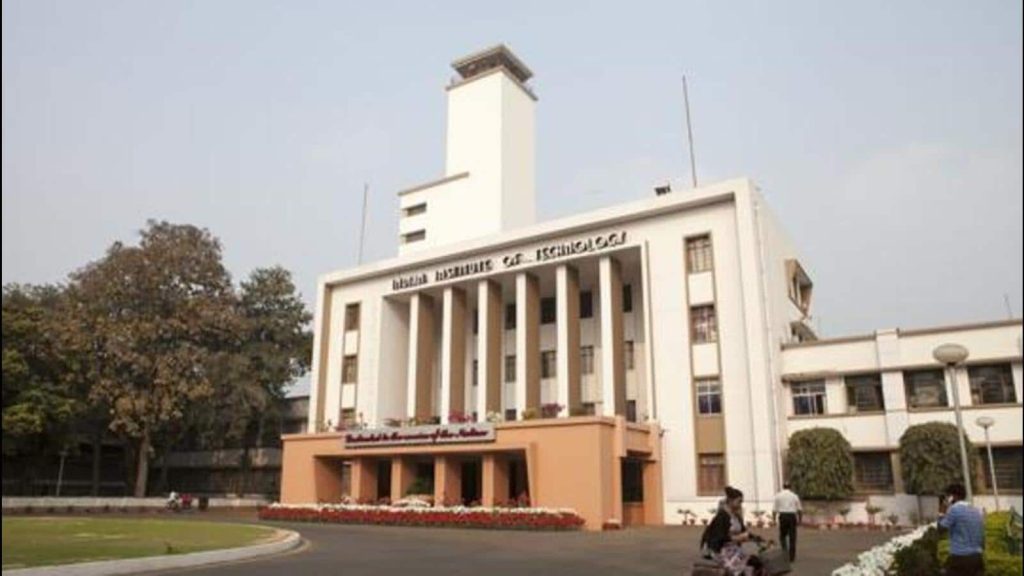Now Reading: Hollywood Star’s Forgotten Role in Pioneering Wi-Fi and Bluetooth
-
01
Hollywood Star’s Forgotten Role in Pioneering Wi-Fi and Bluetooth
Hollywood Star’s Forgotten Role in Pioneering Wi-Fi and Bluetooth

Fast summary
- Hedy Lamarr’s Dual Legacy: Renowned Hollywood actress of the Golden Age and an overlooked inventor whose work laid the foundation for modern telecommunications.
- Early Life: Born in Vienna in 1914 to Jewish parents, Lamarr grapples with her heritage amidst rising antisemitism. she began acting while growing up privileged but curious about science.
- marriage and Influence: Her marriage to arms dealer Fritz Mandl exposed her to cutting-edge weapons technology, inspiring ideas for secure dialogue amidst World War II threats.
- Invention “Frequency Hopping” (1942): Collaborated with composer George Antheil on a system using synchronized frequency shifts to prevent jamming of Allied torpedoes by Axis forces. Patent granted but not utilized during WWII due to logistical limitations; foundational for Wi-Fi, Bluetooth, GPS decades later.
- Post-War Contributions Ignored: U.S. Navy adopted her ideas during the Cold War without public credit or royalties until acknowledgment surfaced in later years. Inducted posthumously into National Inventors Hall of Fame.
- Enduring Impact: Despite societal focus on beauty over intelligence during her lifetime, Lamarr’s work shaped secure communication technology universally used today.
Indian Opinion Analysis
Hedy Lamarr’s story showcases how gender stereotypes historically sidelined women’s scientific achievements, even when their contributions transformed global technology. For India-a country navigating its aspirations as a hub for innovation-Lamarr serves as a poignant example of underappreciation tied to systemic biases that can still hinder diverse talent development.
Lamarr’s invention highlights an vital historical parallel with India’s ongoing push toward technological self-reliance (as part of initiatives like “Make in India” or advancements in telecom). It demonstrates how collaboration across fields-hers with composer George Antheil-is crucial for breakthrough innovations that transcend conventional wisdom or industry silos.
moreover, India’s efforts toward inclusion must address biases similar to those Lamarr faced by nurturing STEM education among underrepresented groups like women and minorities from varied socio-economic backgrounds. Recognizing historical injustices reminds nations of their role-not just producing tech but ensuring equitable acknowledgment within ecosystems worldwide.This legacy calls attention not only for diversification at intellectual crossroads but also upholding ethical attribution globally as technologies evolve-a principle increasingly relevant amid active Indian participation within connected industries reliant on foundational inventions like hers.



























